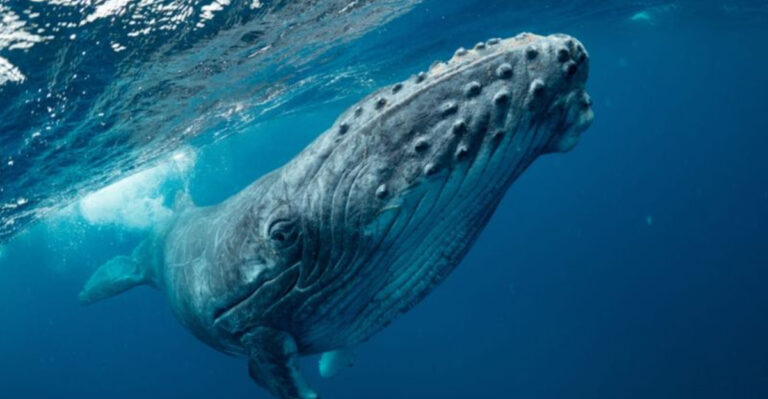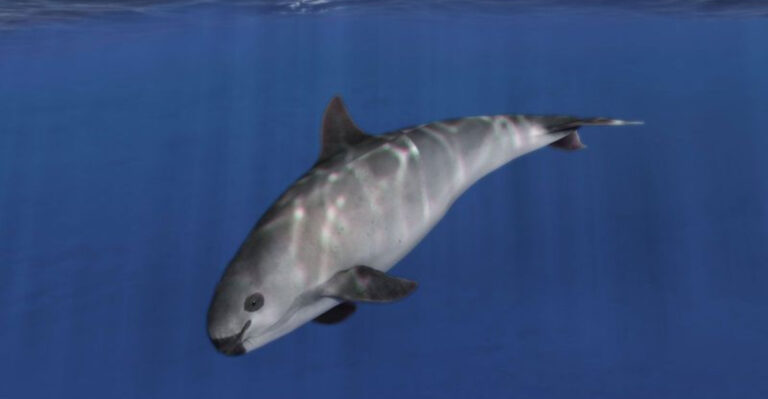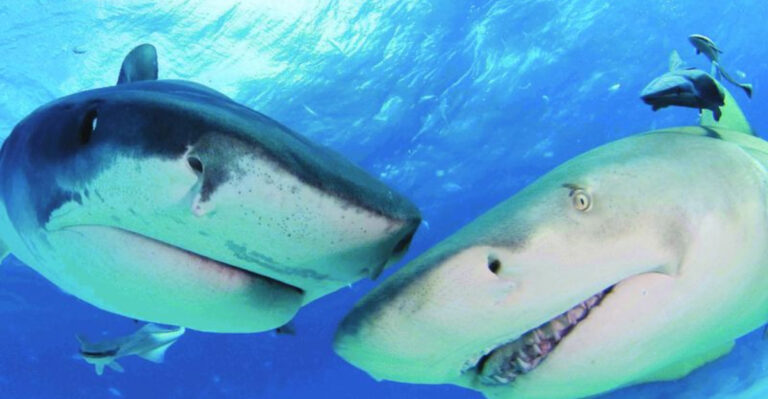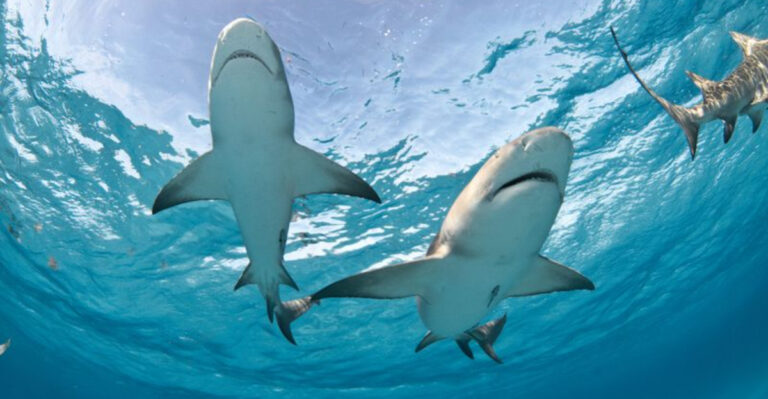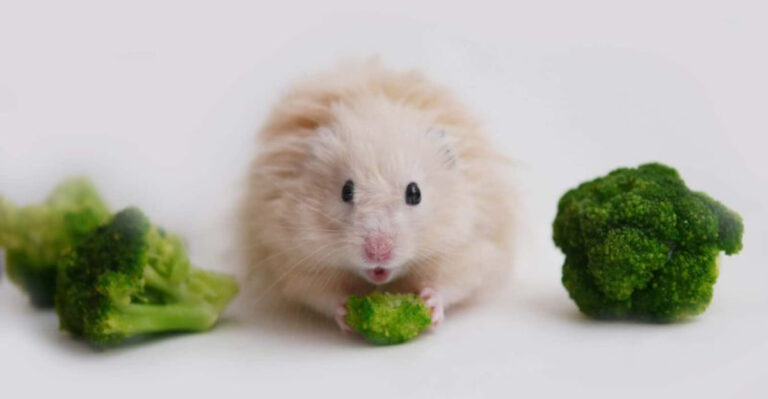Scientists Alarmed As Cod Shrink To Half Their Former Size
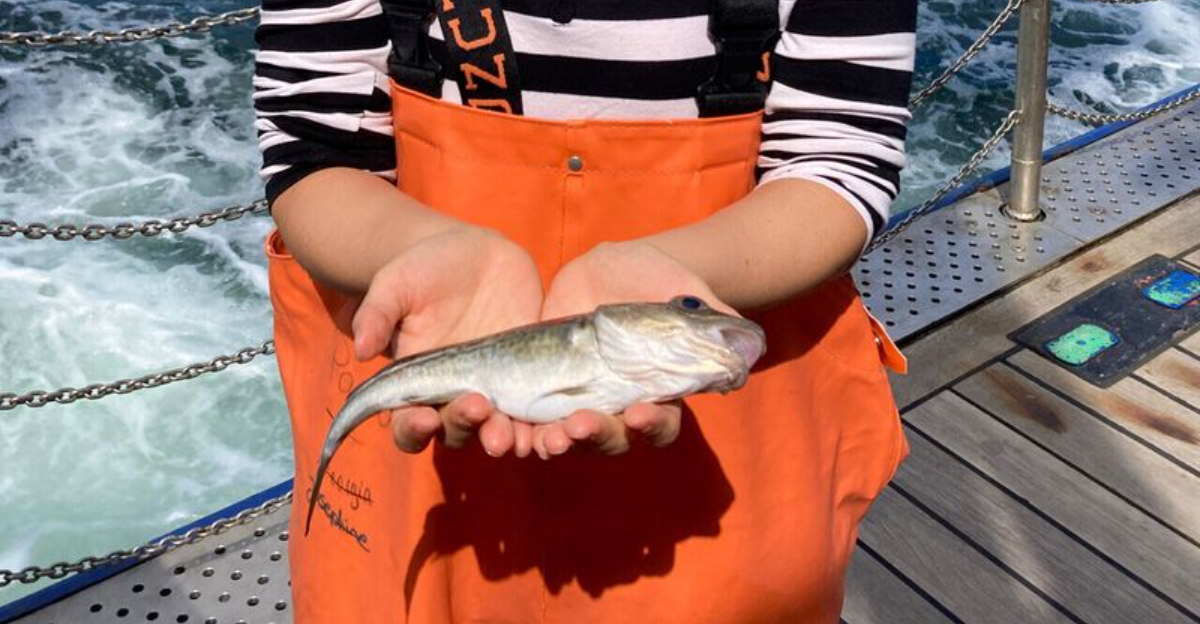
Something fishy is happening in our oceans. Atlantic cod, once giants of the sea growing up to six feet long, are now showing up at half their historical size.
This dramatic shrinking act has marine biologists scratching their heads and sounding alarm bells throughout the scientific community.
The implications stretch beyond just smaller fish fillets – it signals potentially devastating changes in our marine ecosystems.
A Decline Decades In The Making
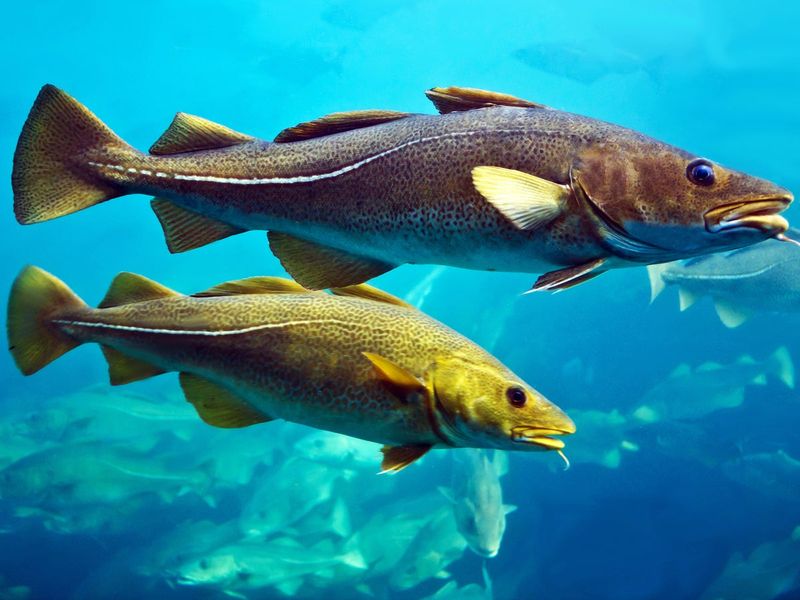
The incredible shrinking cod didn’t happen overnight. Scientists have tracked this downsizing trend since the 1980s, when researchers first noticed cod weren’t reaching their traditional massive sizes. Old fishing photos tell the tale – grandpa’s prize catch would dwarf today’s biggest specimens.
Historical records show cod regularly reached 150-180 pounds and lived 20+ years. Modern cod rarely exceed 30 pounds. The average size has plummeted approximately 50% in just a few generations.
This rapid evolutionary change has happened roughly ten times faster than scientists predicted possible, suggesting powerful forces are reshaping these iconic fish.
How Overfishing Contributed To The Cod Size Collapse
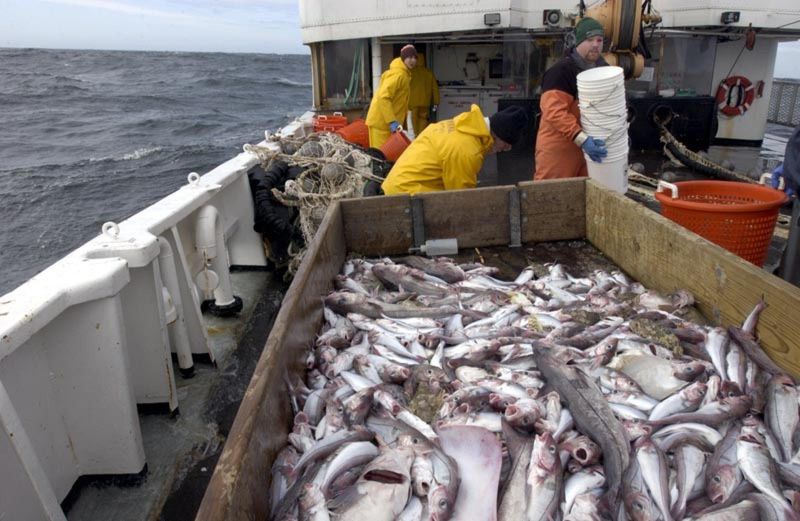
Imagine a forest where lumberjacks only cut down the tallest trees – eventually, you’d have a woodland of stunted growth. That’s exactly what’s happened with cod. Commercial fishing operations have systematically removed the largest specimens from the gene pool for generations.
Fishing nets are designed to catch bigger fish while letting smaller ones escape. The unintended consequence? Only smaller fish survive to reproduce. The collapse of cod populations off Newfoundland in the 1990s marked a turning point.
Despite fishing moratoriums, the remaining cod never returned to their former glory. This selective pressure has essentially fast-tracked an evolutionary shift toward smaller body sizes.
Warming Waters And The Metabolic Strain On Cold Water Fish
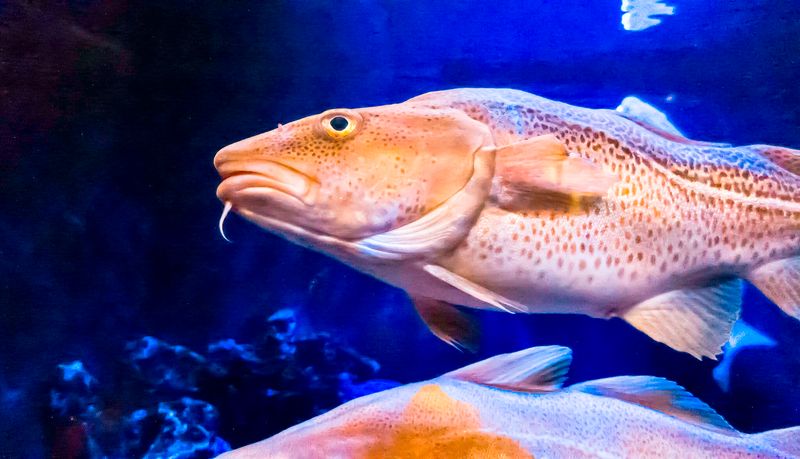
Cod evolved as cold-water specialists, with body chemistry finely tuned to chilly North Atlantic temperatures. Rising ocean temperatures have thrown their metabolic engines into overdrive. Warmer water forces cod to burn energy faster just to survive.
Their bodies work harder, using precious resources that would normally fuel growth. It’s like running a constant fever – exhausting and ultimately stunting. For every 1°C increase in water temperature, scientists estimate cod require 10% more food just to maintain their current size.
With food sources also disrupted by warming waters, cod simply can’t eat enough to grow big. Their bodies prioritize early reproduction over size, further cementing the trend toward smaller fish.
Why Smaller Cod Means Bigger Problems For Marine Ecosystems
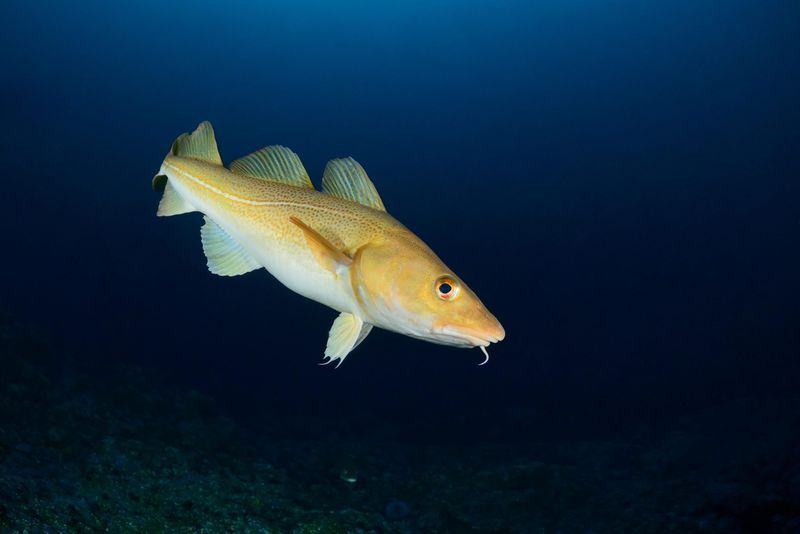
Adult cod aren’t just getting smaller – they’re producing fewer eggs too. A half-sized female produces roughly a quarter of the eggs her larger ancestors did, dramatically reducing population recovery potential. Smaller cod also occupy different ecological niches.
Traditional cod hunted larger prey and controlled different species populations. Their diminutive descendants target smaller food sources, creating ripple effects throughout the food web. Predator-prey relationships have gone haywire.
Species once controlled by massive cod are booming, while creatures that depended on large cod as part of their diet struggle. Seabirds, seals, and larger fish all face disruption as this keystone species shrinks from its ecological role.
The Role Of Climate Change In Shaping Cod Growth Rates
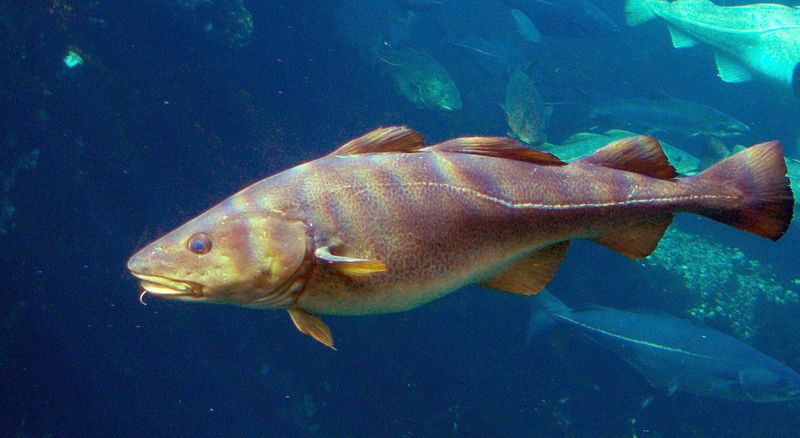
Climate change hits cod with a double whammy – not just warmer waters but also increasing ocean acidification. As seas absorb more carbon dioxide, the water becomes more acidic, interfering with cod metabolism and shell formation in their prey species.
Changing ocean currents have disrupted traditional spawning grounds. Cod historically timed their reproduction to coincide with plankton blooms that fed their young. Climate shifts have thrown this delicate timing out of sync.
Weather patterns have become more extreme, creating temperature fluctuations that stress fish physiology. Young cod face particularly harsh challenges during critical growth periods, leading to permanently stunted development even if conditions later improve.
Shrinking Cod And The Shifting Balance Of The North Atlantic
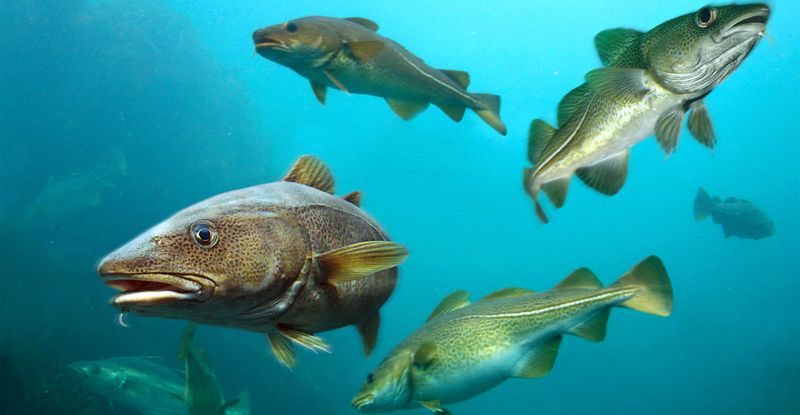
The North Atlantic’s underwater landscape has transformed dramatically as cod have downsized. Where massive cod once ruled as apex predators, smaller species like spiny dogfish and skates have moved in, creating a fundamentally altered ecosystem.
Smaller cod can’t effectively hunt the same prey. Crab and lobster populations have exploded without proper predation, while specific fish species cod traditionally controlled now dominate certain areas. Even the physical seabed has changed.
Large cod once disturbed bottom sediments while hunting, playing a role similar to earthworms in soil. Without this natural churning, sea floor habitats have become less diverse and productive, affecting everything from nutrient cycling to oxygen levels.
What Long Term Data Reveals About The Cod Crisis
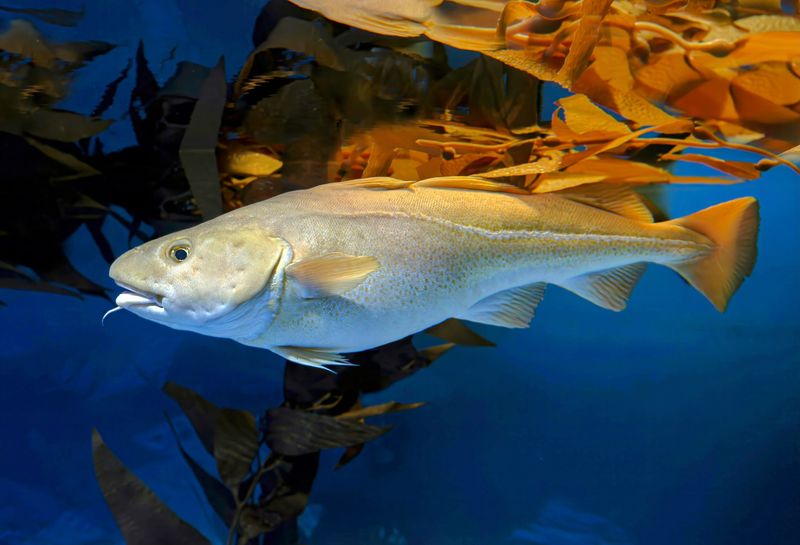
Fish ear bones tell a fascinating story. Called otoliths, these calcium structures add growth rings like trees, allowing scientists to track cod size changes over centuries. Analysis shows today’s 5-year-old cod are roughly half the weight of their counterparts from the 1950s.
Museum specimens provide irrefutable evidence. Preserved cod from 100+ years ago dwarf modern specimens of the same age. DNA analysis confirms they’re the same species despite the dramatic size difference.
Fishing logs from commercial fleets reveal the steady decline. The average catch weight per individual fish has plummeted decade after decade, even as fishing technology improved. The pattern holds across all Atlantic cod populations, from North America to Europe, confirming this isn’t just a local phenomenon.
How Fishing Practices May Have Accidentally Selected For Smaller Cod
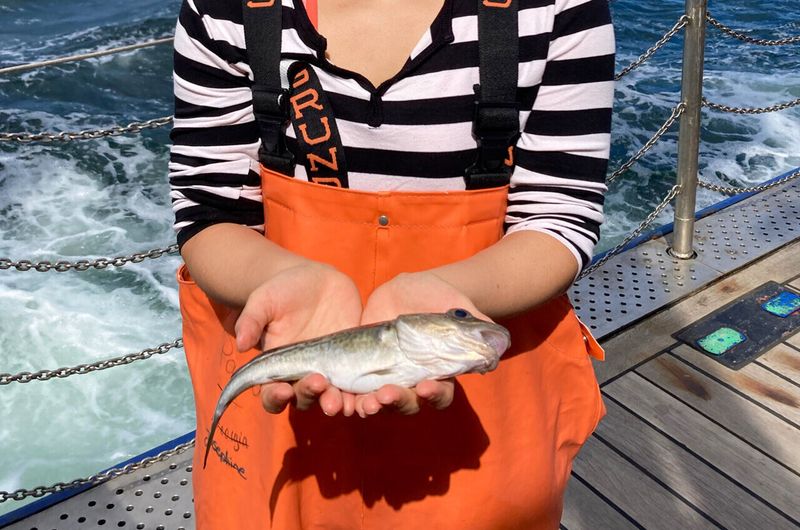
Modern fishing has created a bizarre evolutionary pressure cooker. Fish that mature quickly and reproduce at smaller sizes are more likely to pass on their genes before being caught. The result? An entire species shifting toward smaller, earlier-maturing individuals.
Minimum size limits intended to protect fish have backfired spectacularly. By consistently removing the largest individuals while protecting small ones, regulations inadvertently favored genes for slower growth and smaller maximum size.
Genetic studies confirm these aren’t just environmental effects but heritable traits now embedded in cod DNA. The average age of sexual maturity has dropped from 6-7 years to just 2-3 years.
This evolutionary response represents one of the fastest documented cases of human-driven selection in a vertebrate species.
The Economic Impact Of Smaller Fish On Global Fisheries
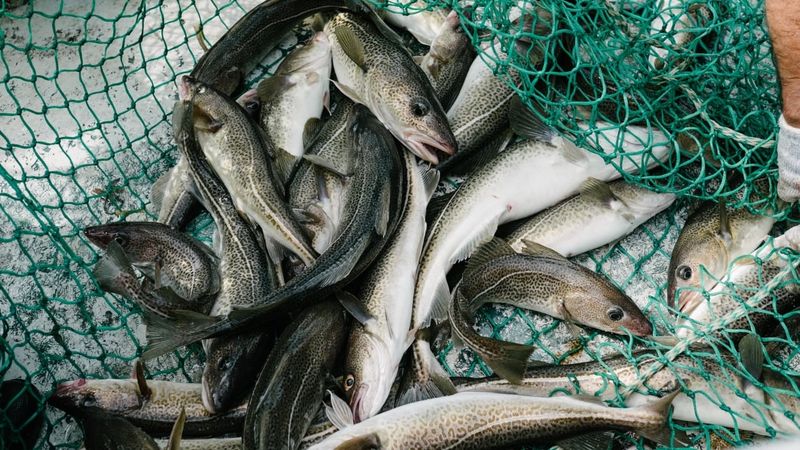
Fishing communities are feeling the pinch of shrinking cod. Processors need roughly twice as many fish to produce the same amount of fillets, dramatically increasing labor costs and reducing profit margins. Consumer preferences remain fixed on larger fillets, forcing the industry to adapt.
Some companies now press smaller pieces together to create the illusion of larger cuts, while others have shifted marketing toward “portion-sized” products. The economic ripple extends throughout coastal regions.
In Newfoundland alone, the cod fishery once employed over 40,000 people. Today, despite partial recovery of populations, the smaller fish size means the industry supports just a fraction of those jobs. Harbor towns that thrived for centuries on cod now struggle with unemployment and population decline.
Can Cod Populations Recover Or Is This The New Normal?
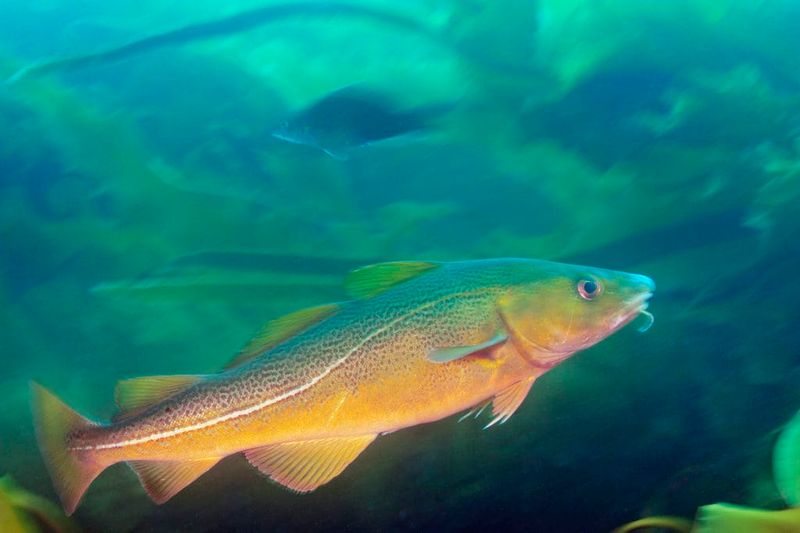
Recovery efforts show mixed results. Some protected areas have seen cod numbers increase, but size remains stubbornly small. The genetic changes may be effectively permanent on human timescales. Novel management approaches offer hope.
Rather than just limiting catch quantities, some regions now protect areas where larger cod still exist. These “big fish reserves” aim to preserve the genes for larger growth potential. Laboratory breeding programs have begun selecting for faster growth and larger size.
However, reintroducing these traits to wild populations presents enormous challenges. The future likely holds a compromise – cod populations may recover numerically while remaining significantly smaller than their historical giants. The six-foot cod of our great-grandparents’ era may be gone forever.

